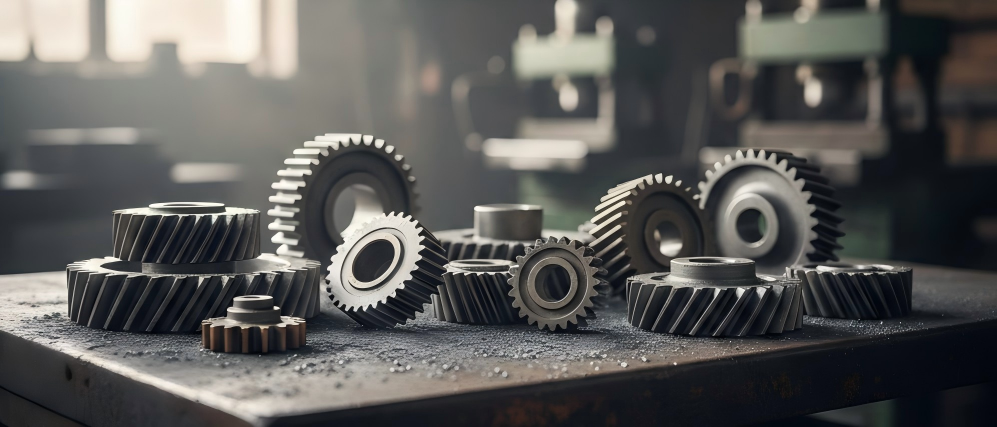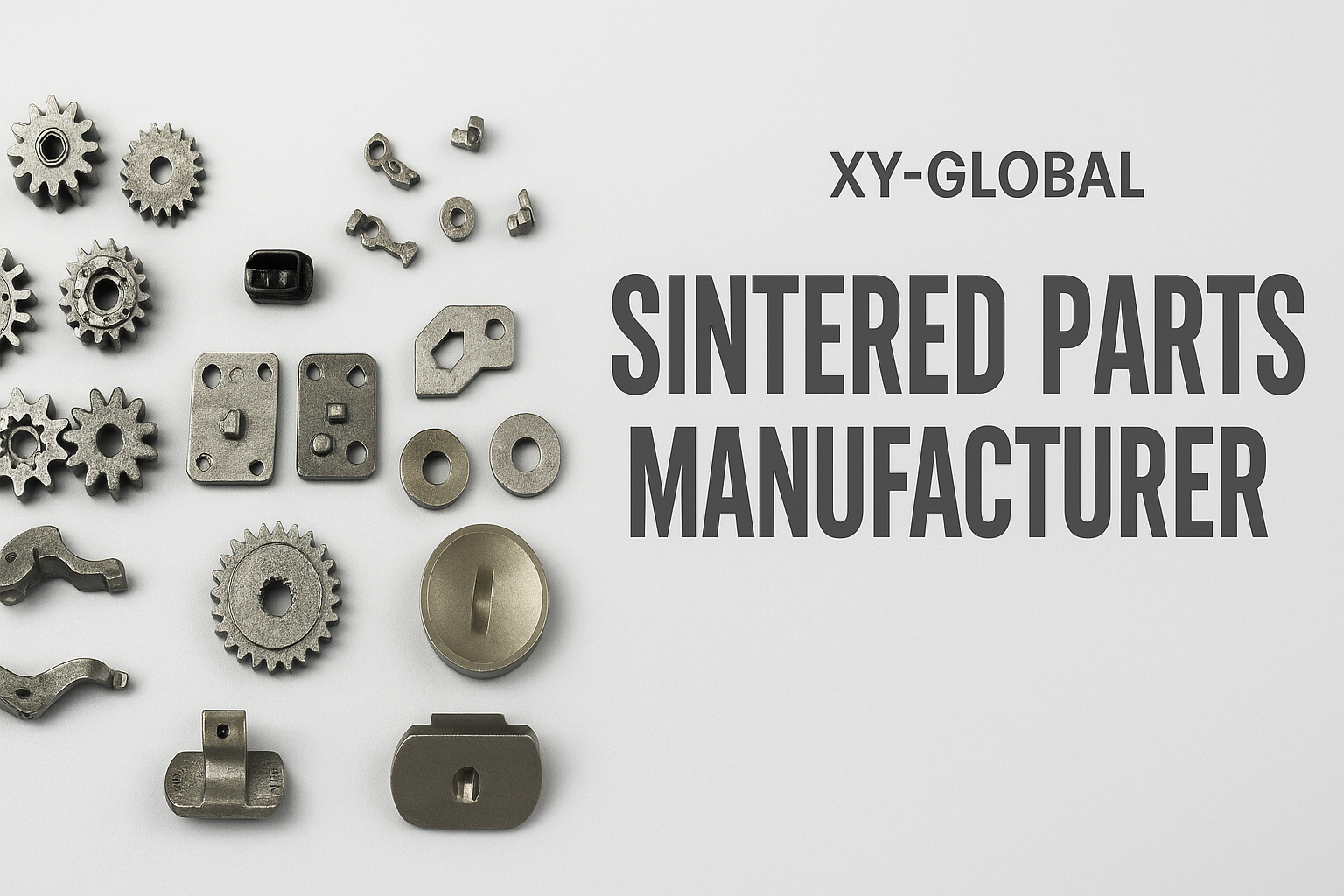Metal injection molding (MIM) produces relatively small, complex, net or near-net parts which can include features such as holes, radii, logos, and text. Moreover,
MIM can make such parts for half the cost of CNC machining or investment casting. Better yet, MIM allows the consolidation of multiple components into a single design, eliminating the need for downstream assembly operations. Finished parts have excellent strength, surface finish, and corrosion resistance.
MIM material comprises fine (less than 20 micron) metal powder hot-mixed with polymeric binders, forming a homogenous mixture. Injection-molded metals include titanium, tool steels, stainless steels, and high-temperature alloys, among others. The hot mixture is cooled and granulated to form the feedstock for specially equipped injection-molding machines.
The machines mold the feedstock into so-called “green” parts which get palletized onto flat ceramic fixtures or “setters”. A catalyst removes 90% of the binder from the green part, creating what is called a “brown part”. Finally, the brown parts are sintered using a temperature and atmosphere appropriate for the alloy being processed. The heat removes the residual polymer and sinters or bonds neighboring particles together, giving parts with densities from 96 to 99% of theoretical. Shrinkage during sintering is a predictable 14 to 22%, linear. Oversizing the mold cavity compensates, with typical as-sintered tolerances being ±0.003 to ±0.005 in./in.













Share:
What Is the Metal Binder Jetting Process
How to Use Mim in the Production of Metal Parts